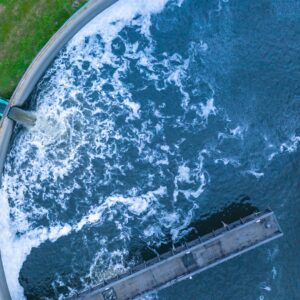
In the realm of urban water provision, the confluence of challenges such as limited water availability, compromised water quality, and escalating living standards has precipitated an urgent need for innovative solutions. This nexus of issues, compounded by the adverse effects of a changing climate, poses a formidable threat to local water resources and heightens the risks of water-related disasters in developing nations. Consequently, urban water providers find themselves grappling with the complex task of ensuring a consistent supply of high-quality potable water to meet the burgeoning demands of their communities.
In addressing the surging water demand, many developing countries have historically leaned on traditional, supply-driven approaches, relying on engineering practices for short-term relief. However, the inherent limitations of these methods necessitate a paradigm shift toward a more sustainable and efficient model.
Enter Water Demand Management (WDM), a strategic framework aimed at controlling and influencing water usage. Unlike conventional approaches that focus solely on supply augmentation, WDM offers a holistic solution by optimizing existing resources before considering the creation of additional ones. By implementing policies and measures to enhance the efficiency of water consumption, WDM endeavors to provide cost-effective and sustainable water supplies while safeguarding and improving water quality.
Governments and utility managers traditionally gravitate towards expanding water supply infrastructure as a default response. However, the costs associated with such endeavors, both in terms of capital investment and environmental impact, are substantial. Infrastructure development not only incurs high initial costs but also poses environmental risks, from changes in hydrological flows to energy-intensive treatment and distribution processes.
In contrast, WDM presents an economically viable and ecologically beneficial alternative. By managing existing water resources more efficiently, WDM reduces the environmental footprint associated with supply augmentation. This approach also serves as a contingency measure during water shortages, providing a flexible and rapid response that traditional supply augmentation cannot match.
The benefits of WDM implementation are threefold: environmental, economic, and social. From improved water quality and reduced greenhouse gas emissions to financial sustainability and job creation, WDM emerges as a multifaceted solution to the complex challenges faced by urban water providers.
On the environmental front, WDM leads to reductions in pollutants, decreased greenhouse gas emissions, and improved water aesthetics, contributing to enhanced river health. Economically, WDM facilitates the creation of financially sustainable water systems, reduces operational costs, and curtails non-revenue water, ultimately benefiting both water providers and users. Socially, WDM ensures improved water service coverage, equitable distribution, and fosters public awareness and participation, creating a ripple effect that extends from optimized water use to job creation in water-related sectors.
All in all, the imperative shift towards Water Demand Management is a luminary for urban water providers facing the challenges of the 21st century. By prioritizing efficiency over expansion, these providers can not only meet the current demands of their communities but also pave the way for a sustainable and resilient water future.


